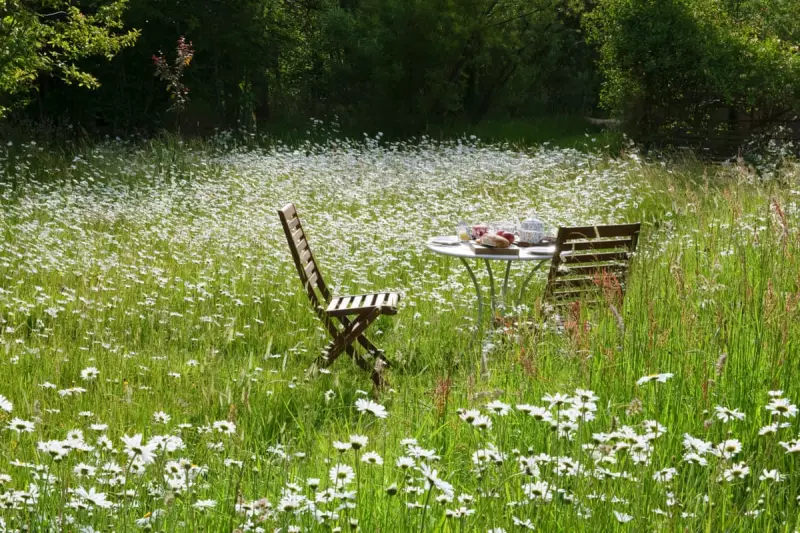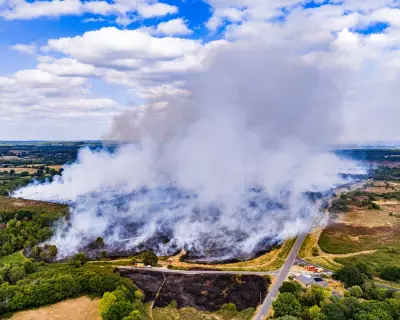
Imagine a garden that practically looks after itself while becoming a thriving sanctuary for bees, birds, and butterflies. As our lives grow increasingly busy, the dream of a beautiful outdoor space that doesn't demand constant attention has never been more appealing.
Why Choose Low-Maintenance Gardening?
Modern gardening is undergoing a quiet revolution. Homeowners across Britain are embracing gardens that work with nature rather than against it. This approach not only saves precious time but also creates vital habitats for our declining wildlife populations.
Five Transformative Steps to Your Eco-Friendly Garden
1. Rethink Your Lawn Strategy
Consider replacing parts of your traditional lawn with flowering meadows or clover lawns. These alternatives require less mowing, no fertilisers, and provide essential nectar for pollinators throughout the seasons.
2. Select Native Plants Wisely
Choose plants that naturally thrive in British conditions. Native species like lavender, foxgloves, and geraniums are not only beautiful but have evolved to survive our climate with minimal intervention.
3. Embrace Imperfect Beauty
Allow some areas of your garden to grow wild. Leaving seed heads standing through winter provides food for birds and creates stunning natural sculptures when frost arrives.
4. Install Smart Water Solutions
Water butts collecting rainfall can significantly reduce your garden's environmental impact. Grouping plants with similar water needs together makes watering more efficient and less time-consuming.
5. Build Natural Habitats
Simple additions like log piles, stone walls, and insect hotels create valuable homes for beneficial creatures that help maintain your garden's ecological balance naturally.
The Long-Term Benefits
Beyond the immediate time savings, nature-friendly gardens develop their own resilience. As ecosystems establish, pests are controlled naturally, soil health improves, and your garden becomes increasingly self-sufficient.
This approach represents a fundamental shift in how we view our outdoor spaces - from manicured displays to living ecosystems that give back to both the environment and our wellbeing.





